Description
Titanium Mesh Cage Instrument Set
A Titanium Mesh Cage Instrument Set typically includes the surgical instruments and tools needed to implant a titanium mesh cage during spinal fusion surgery. The specific instruments included in the set may vary depending on the manufacturer, but may include:
- Cage insertion tools: These are specialized instruments designed to help implant the titanium mesh cage into the intervertebral space.
- Bone grafting instruments: These instruments are used to harvest bone from the patient’s own body or from a bone bank, and to prepare the bone graft for insertion into the cage.
- Discectomy instruments: These instruments are used to remove the damaged or degenerated disc from the patient’s spine, creating space for the titanium mesh cage.
- Plate and screw drivers: These are specialized instruments used to insert the screws and plates that hold the cage in place.
- Retractors: Retractors are used to keep the surgical site open and to provide access to the intervertebral space where the cage will be implanted.
- Drill bits: Drill bits may be included in the set for preparing the spinal vertebrae for screw insertion.
- Inserter handles: Inserter handles are used to guide the screws and other implants into place.
- Measuring and sizing instruments: These instruments help the surgeon determine the appropriate size and placement of the titanium mesh cage and other implants.
It is important to note that the specific instruments included in a Titanium Mesh Cage Instrument Set may vary depending on the specific surgical technique and the surgeon’s preference. The set may also include sterile packaging and other materials needed for the surgical procedure.
Product Specification
| No. | REF | Specification | Qty. |
|---|---|---|---|
| 1 | 2200-0501 | Cage Stand | 1 |
| 2 | 2200-0502 | Pressure 6mm | 1 |
| 3 | 2200-0503 | Pressure 18mm | 1 |
| 4 | 2200-0504 | Pusher Straight | 1 |
| 5 | 2200-0505 | Osteotribe | 1 |
| 6 | 2200-0506 | Pressure 12mm | 1 |
| 7 | 2200-0507 | Pusher Curved | 1 |
| 8 | 2200-0508 | Cage Cutter | 1 |
| 9 | 2200-0509 | Cage Holding Forcep | 1 |
| 10 | 2200-0510 | Implant Measure 10/12mm | 1 |
| 11 | 2200-0511 | Implant Measure 16/18mm | 1 |
| 12 | 2200-0512 | Implant Measure 22/25mm | 1 |
| 13 | 2200-0513 | Aluminium Box | 1 |
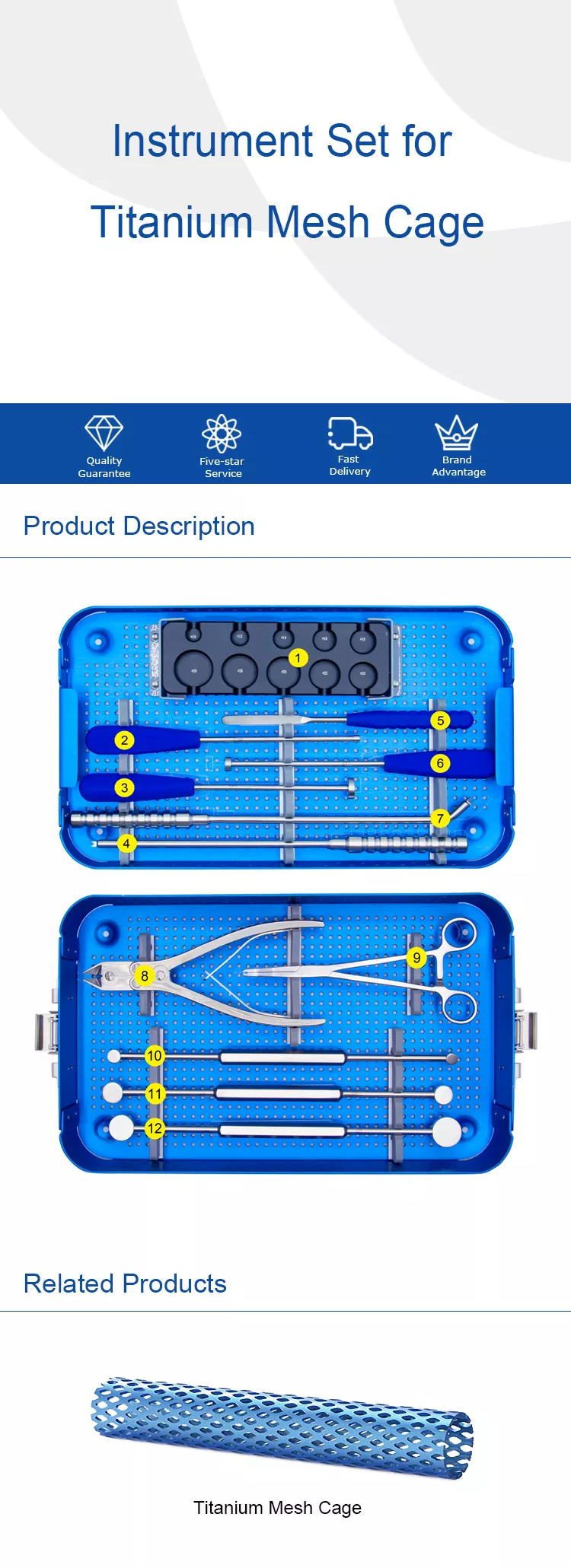

Titanium Mesh Cage Instrument Set: Advantages, Applications, and Considerations
Introduction
The use of titanium mesh cages has become increasingly popular in orthopedic surgery for spinal fusion procedures. These cages provide mechanical support to the graft and enhance bone fusion by allowing the ingrowth of new bone tissue. In this article, we will explore the advantages, applications, and considerations of using a titanium mesh cage instrument set in spinal fusion surgeries.
Advantages of Titanium Mesh Cages
Structural Integrity
The primary advantage of using a titanium mesh cage in spinal fusion surgery is its structural integrity. These cages are designed to provide rigid support to the graft, reducing the risk of graft collapse or dislodgement. The strength of titanium makes it an ideal material for this purpose, as it can withstand the forces placed upon it by the body.
Biocompatibility
Another advantage of using a titanium mesh cage is its biocompatibility. Titanium is a biologically inert material, meaning it does not elicit an immune response from the body. This makes it an ideal material for use in surgical implants, as it reduces the risk of rejection or allergic reactions.
Radiolucency
Titanium mesh cages are radiolucent, meaning they do not interfere with imaging technologies such as X-rays or CT scans. This allows for clear visualization of the implant and surrounding bone tissue, aiding in the assessment of fusion progression and implant stability.
Applications of Titanium Mesh Cages
Spinal Fusion Surgery
The primary application of a titanium mesh cage is in spinal fusion surgery. These cages are used to provide mechanical support to the graft, allowing for the formation of new bone tissue and fusion of the affected spinal segments. They are typically used in conjunction with bone graft material and pedicle screws to provide stability and support to the affected spinal segment.
Reconstruction Surgery
Titanium mesh cages can also be used in reconstructive surgery to repair or replace damaged bone tissue. They are particularly useful in cases where traditional bone grafting techniques are not effective, such as in cases of large bone defects or non-unions.
Considerations When Using Titanium Mesh Cages
Implant Design
The design of the titanium mesh cage is an important consideration when selecting an implant for use in spinal fusion surgery. The cage should be appropriately sized to fit the affected spinal segment and provide adequate support to the graft. The design should also allow for the ingrowth of new bone tissue and provide sufficient radiolucency for imaging purposes.
Material Quality
The quality of the titanium used in the manufacture of the mesh cage is another consideration. The implant should be made from medical-grade titanium, which has been specifically designed for use in surgical implants. The material should be biocompatible and meet all relevant regulatory standards.
Surgical Technique
The surgical technique used when inserting the titanium mesh cage is also important. The implant should be placed in the correct position to provide support to the graft, and care should be taken to avoid damaging surrounding tissue or structures. The use of intraoperative imaging can aid in the accurate placement of the implant.


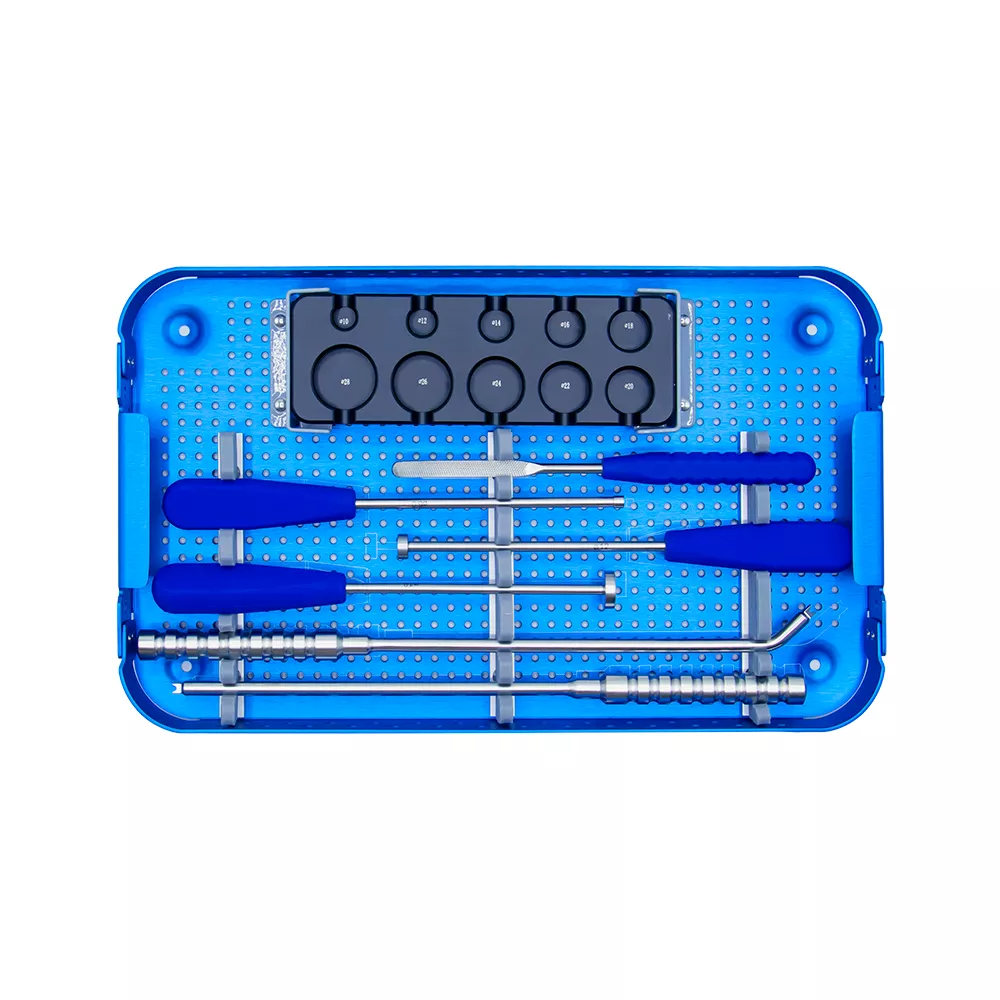
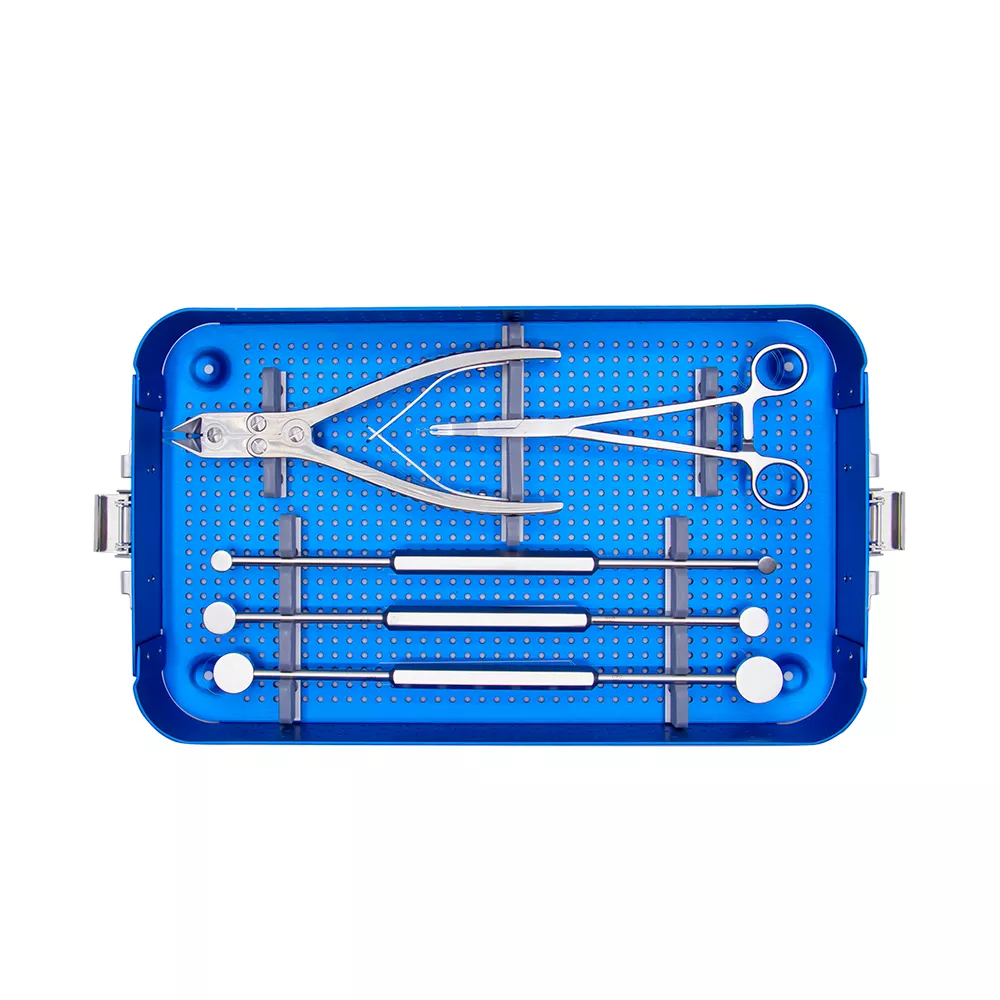
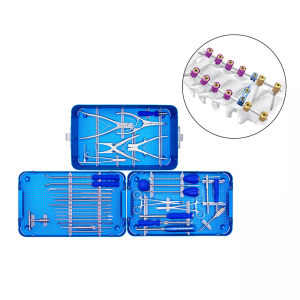
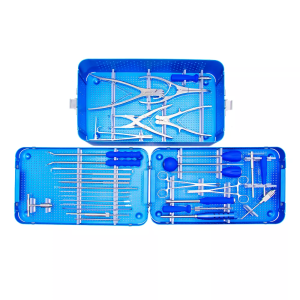

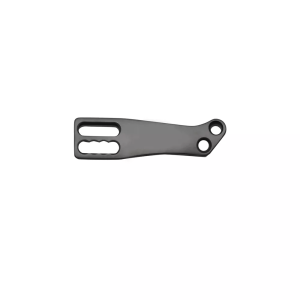
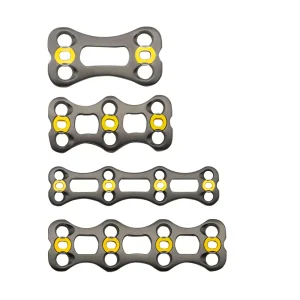

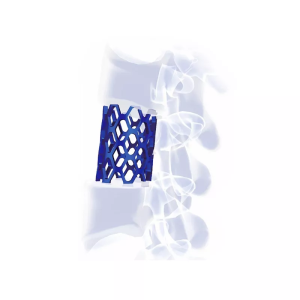
Reviews
There are no reviews yet.